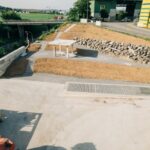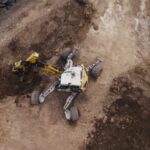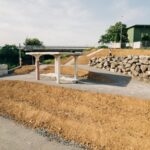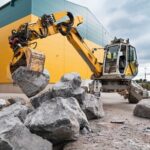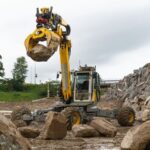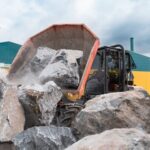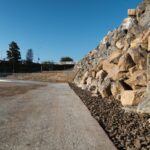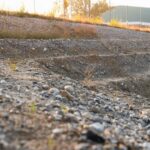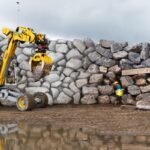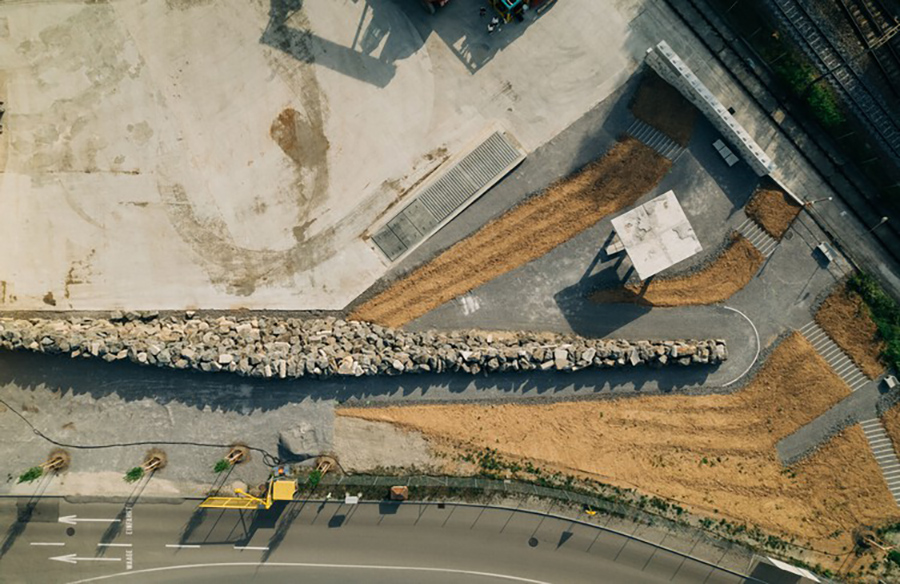
In the outskirts of Zurich, Switzerland, lies a testament to innovation and sustainability: Circularity Park in Oberglatt. Designed and constructed by the Chair of Landscape Architecture, ETH Zürich, in collaboration with Gramazio Kohler Research and the Robotic Systems Lab, this park represents a groundbreaking approach to urban landscape architecture.
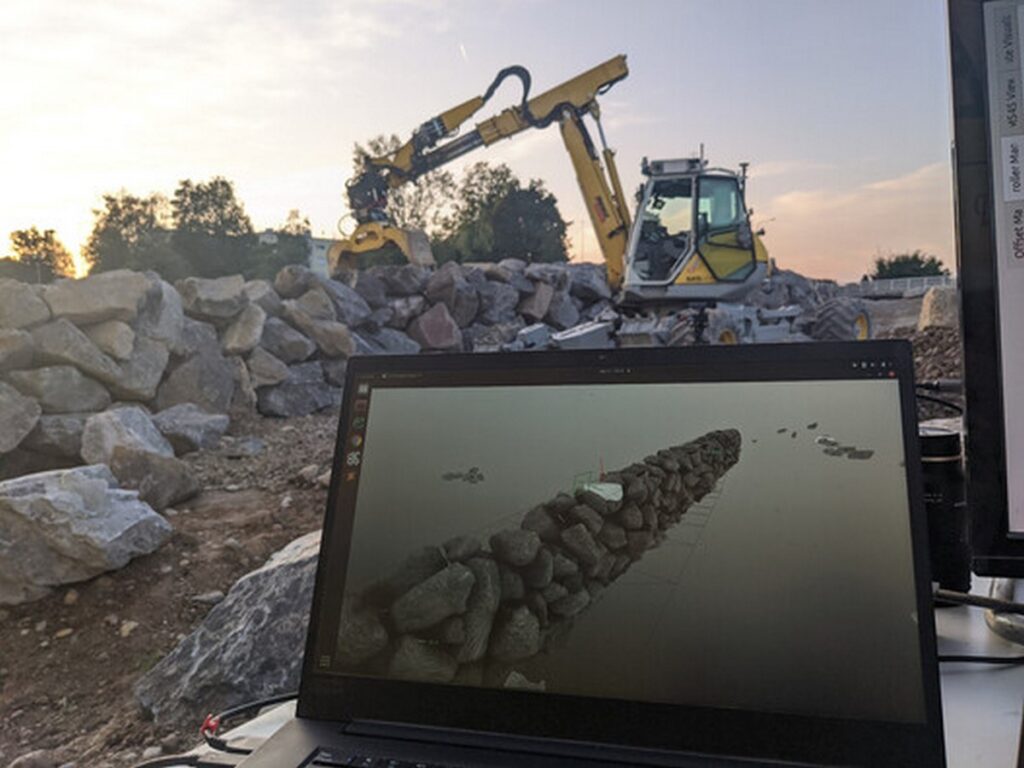
Pioneering Autonomous Construction
Conceptualized and built over the course of a year in 2021, Circularity Park stands as a demonstration of cutting-edge research in autonomous construction, robotics, and architecture. Nestled within the campus of Eberhard AG, a local leader in sustainable construction, the park showcases the capabilities of on-site robotic building methods and innovative materials sourced from the surrounding environment.
Sustainability at Its Core
With a focus on sustainability, Circularity Park pioneers new approaches to reduce the environmental impact of construction. Utilizing upcycled concrete, locally sourced stones, and reclaimed materials, such as stone facade panels and repurposed concrete staircases, the park exemplifies the potential of context-specific, low-embodied-energy materials in construction practices.
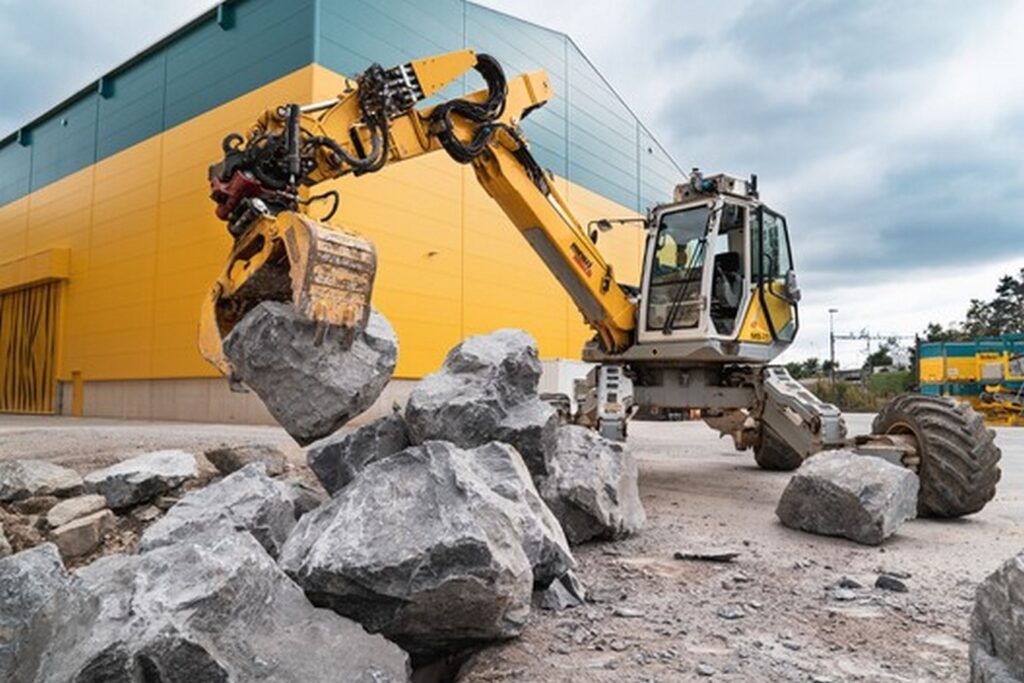
Robotic Stone Wall: A Marvel of Engineering
One of the park’s standout features is the robotic stone wall, a feat of engineering and automation. Constructed autonomously using waste concrete and locally sourced boulders, this monumental structure represents a significant step towards reducing the carbon footprint of construction. Leveraging advanced robotics and computational methods, the wall showcases the adaptability and precision achievable in unstructured construction environments.
Robotic Landscapes: Shaping the Future of Urban Design
In addition to the stone wall, Circularity Park is home to robotic landscapes, where computational tools and technologies are employed to sculpt complex shapes with unparalleled precision. These landscapes not only enhance pedestrian circulation but also support local plant growth while mitigating water runoff and erosion. Through the use of robotic excavators, the park achieves a level of intricacy and accuracy unattainable through manual methods.
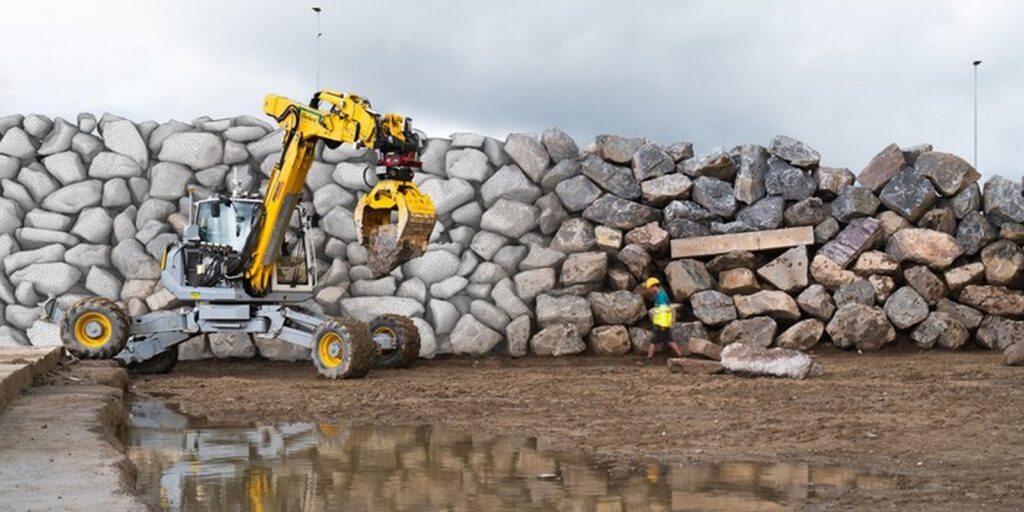
In conclusion, Circularity Park stands as a beacon of innovation, sustainability, and collaboration. By pushing the boundaries of autonomous construction and digital fabrication, it offers a glimpse into the future of urban design, where technology and nature harmoniously coexist to create vibrant and resilient public spaces.


